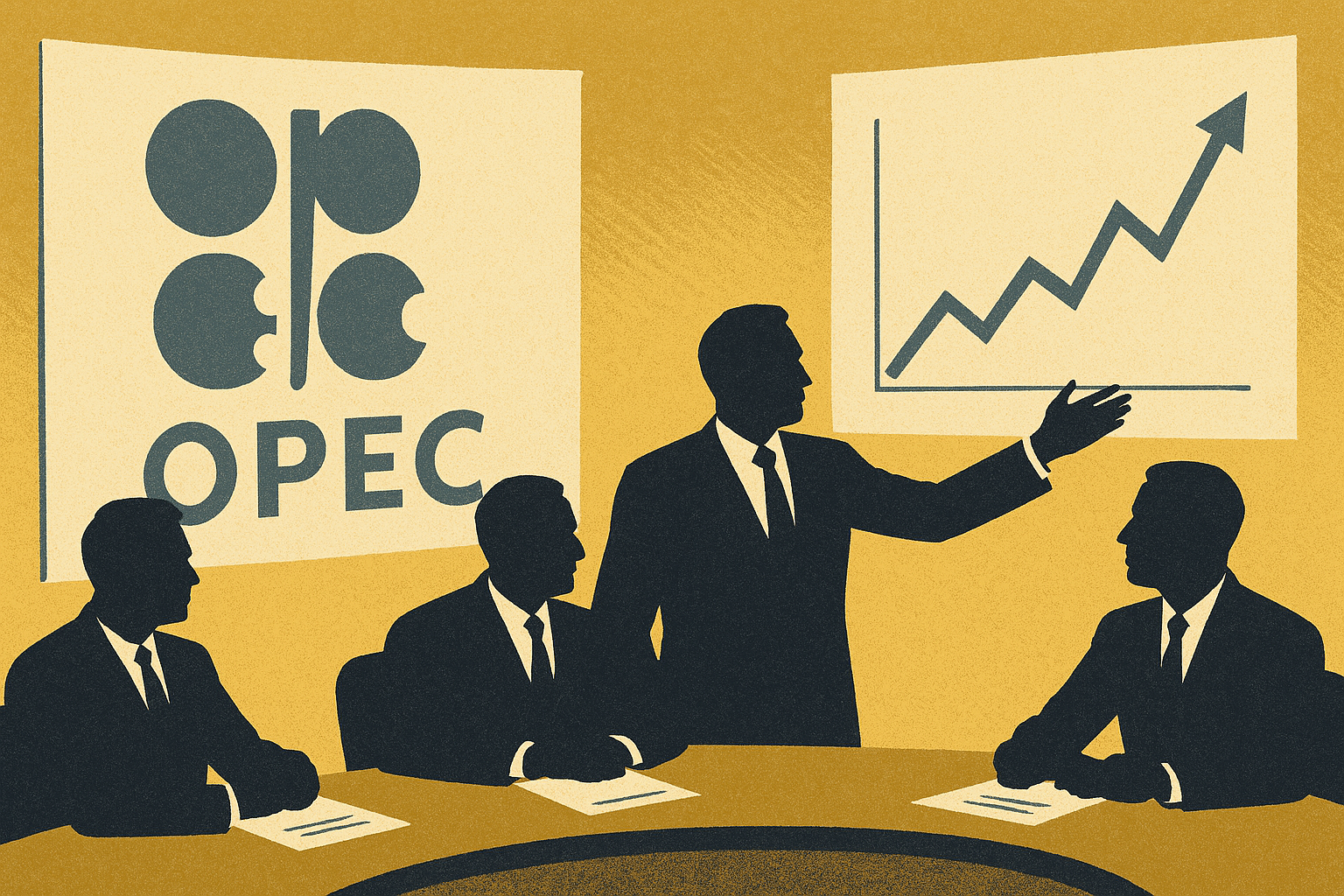Crude oil prices fell for a third consecutive session on Tuesday, weighed down by rising OPEC+ output and renewed global trade tensions that cast doubt over future demand.
Brent crude futures slipped 73 cents to $77.52 a barrel by mid-afternoon, while U.S. West Texas Intermediate dropped 97 cents to $73.41. The downturn follows Sunday’s OPEC+ announcement that some members would begin phasing out voluntary production cuts of 2.2 million barrels per day from October — a signal that markets interpreted as both supply-side easing and demand-side concern.
Although OPEC reaffirmed a broader commitment to restrict output into 2025, investors were rattled by the prospect of incremental supply returning to the market in a fragile demand environment. China’s muted post-COVID recovery and slowing European industrial activity continue to weigh on oil consumption forecasts, with traders questioning whether the anticipated demand boost will materialise in time to absorb additional barrels.
Further fuelling market unease was the latest salvo in global tariff tensions. U.S. President Joe Biden last month imposed sweeping duties on Chinese goods including electric vehicles and solar panels, while the European Commission is expected to unveil its own measures against Chinese EVs next week. The tit-for-tat measures could stifle industrial production and dampen energy demand across key economies.
Analysts suggest the current price pressure reflects a shift in sentiment, not a structural oversupply. “OPEC+ is trying to thread a difficult needle — reassuring markets that it won’t flood the system, while also trying to placate members eager to raise revenues,” said Edward Moya, senior market analyst at OANDA.
The U.S. Energy Information Administration’s latest data, due Wednesday, will provide a clearer picture of domestic inventory trends. Early estimates suggest a drawdown in stockpiles, which could offer modest support if confirmed.
For now, the market appears locked in a wait-and-see mode. Geopolitical friction, the pace of global economic recovery, and the credibility of OPEC+ compliance will all shape the price path in the second half of 2025. But with tariffs threatening to erode industrial confidence and fresh oil hitting the market, bearish pressure may persist in the near term.


